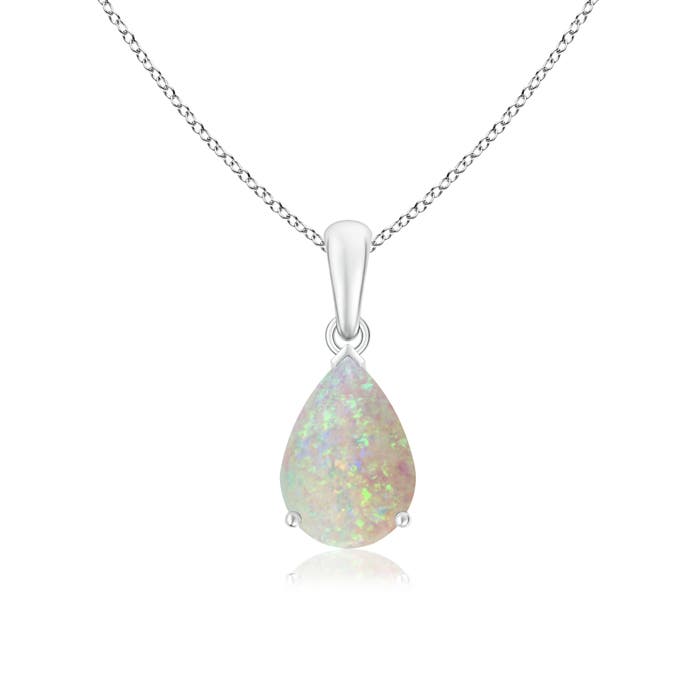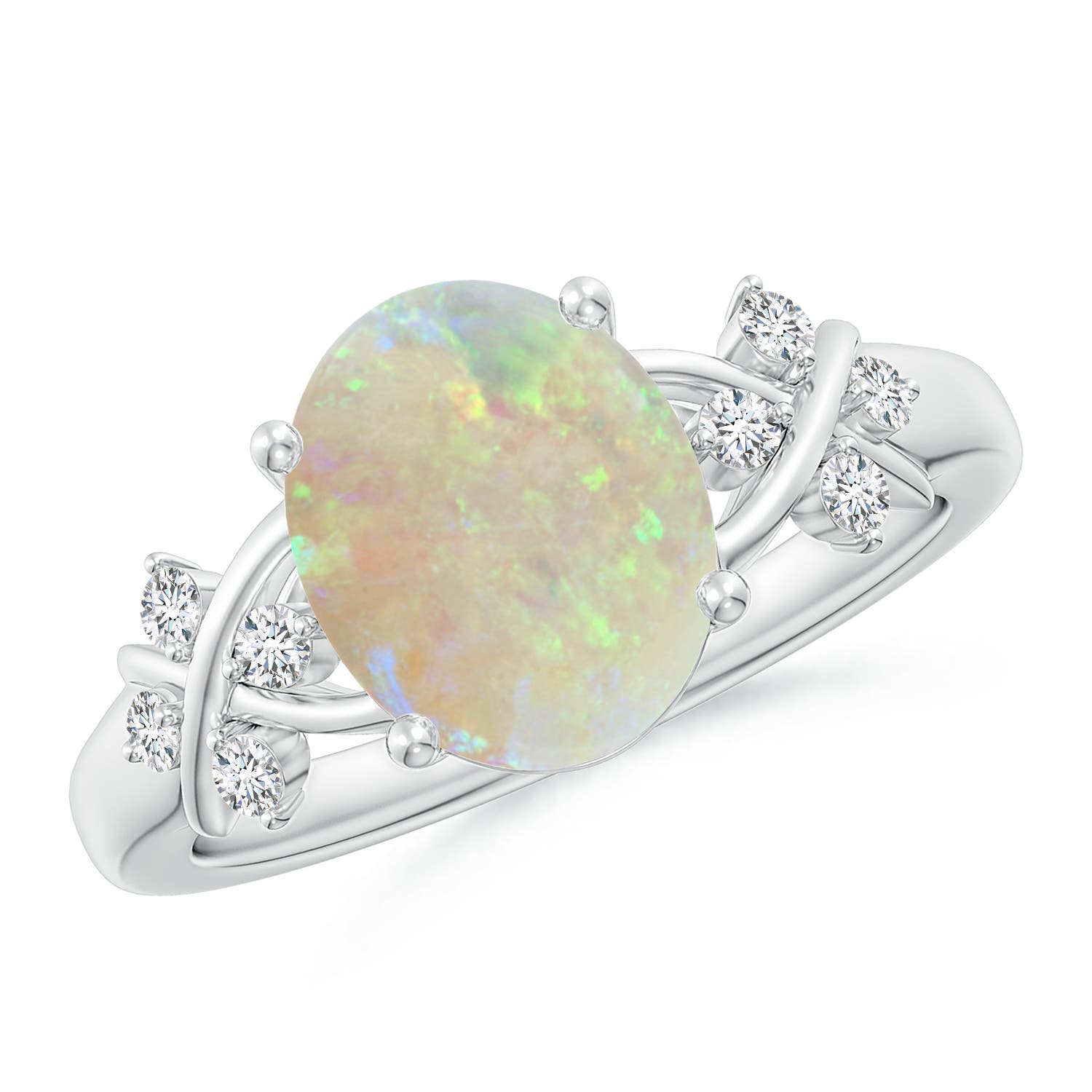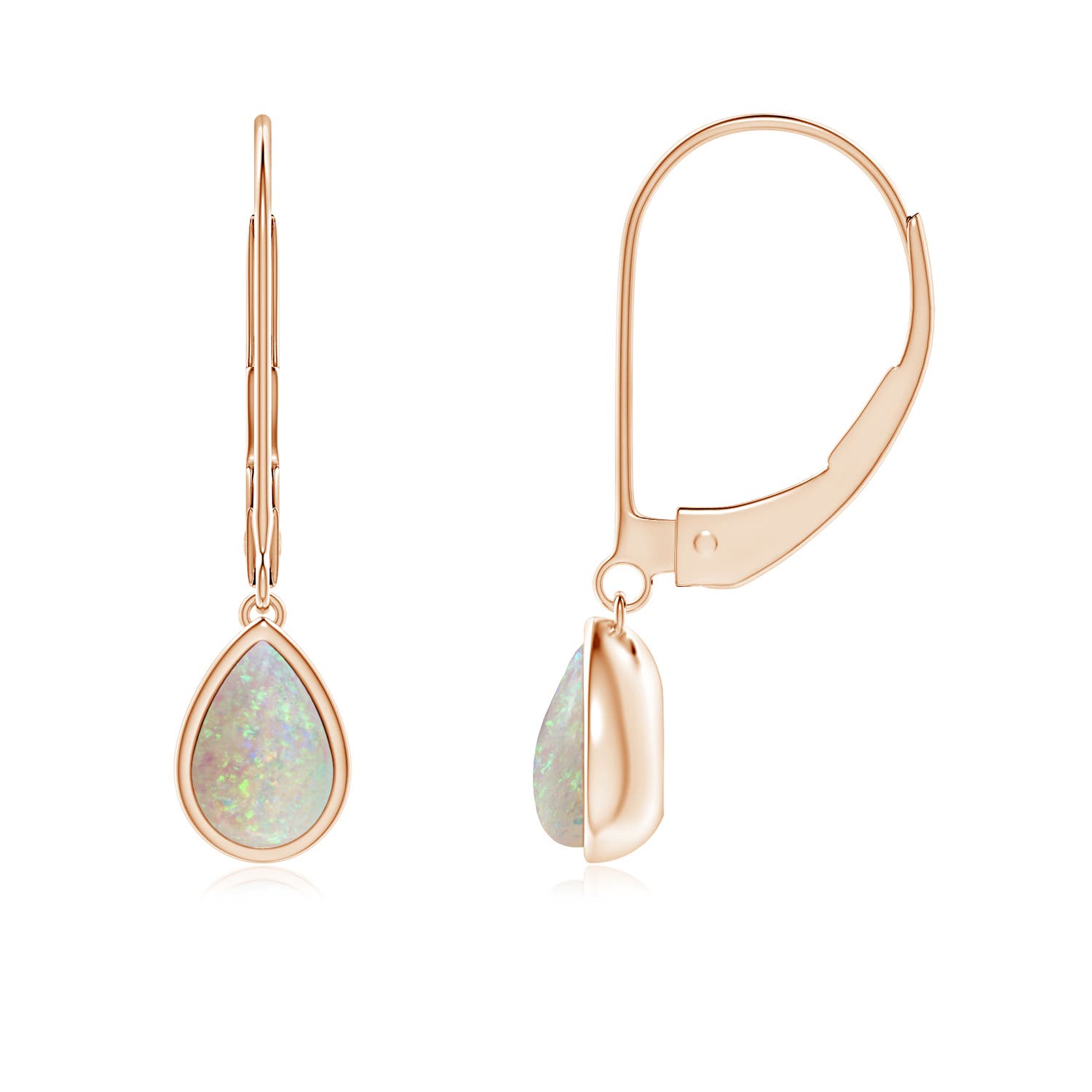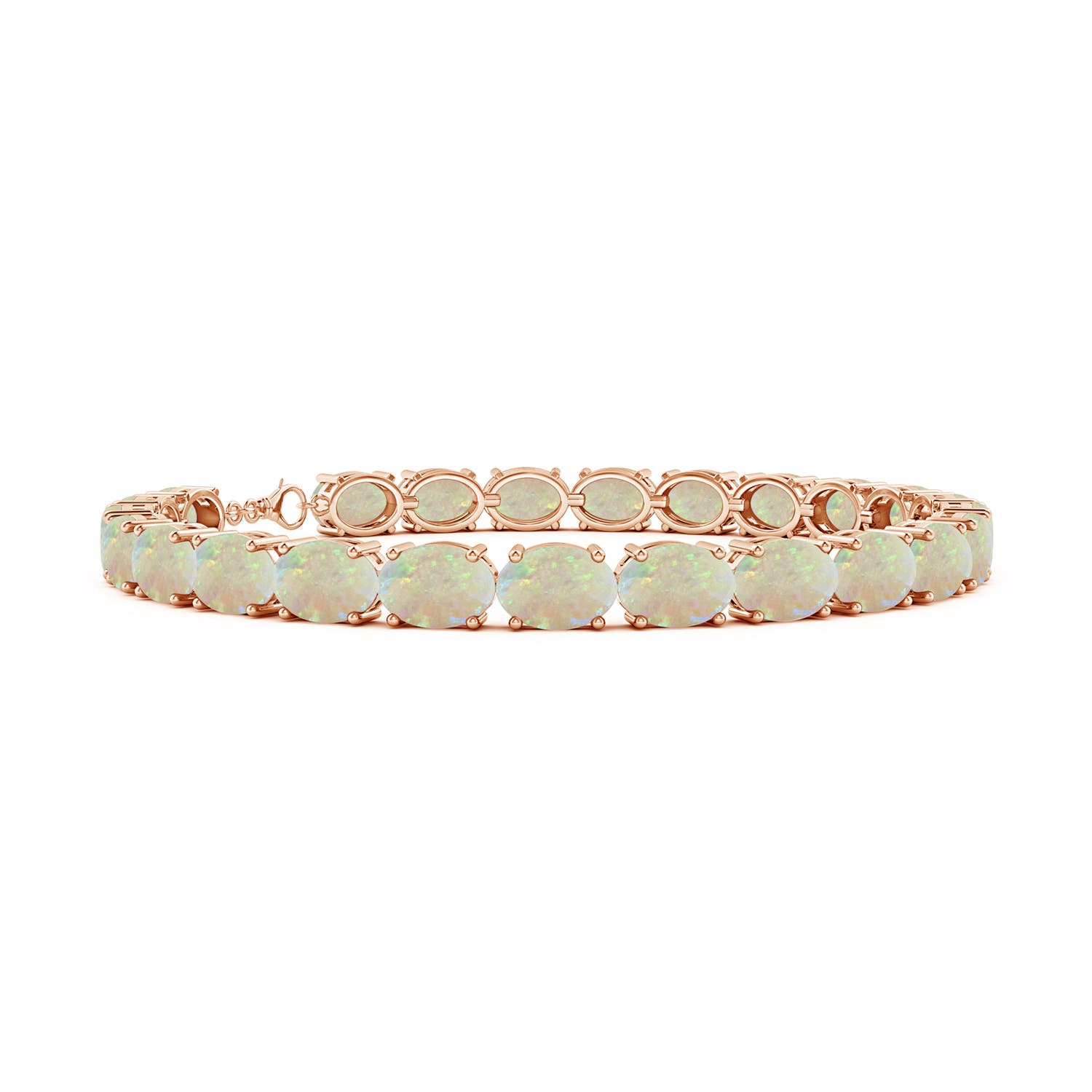Imagine this: You’re minding your own business, backpacking through the amazing lands of Australia when you stumble upon an opal that looks like it was just leaving a rave in the forest. That’s the dendritic opal for you.
Thanks to its unique features, this gem is one that always looks like it got lost in the forest and decided to blend in with its surroundings. And NGL, we totally love that about it.
Want to know what sets this type of opal apart? Read on to find out…
What Is Dendritic Opal Stone?

The dendritic crystal is basically a form of common opal with a party trick up its sleeve. Instead of the flashy play-of-color seen in other opals, this dendrite rock sports inclusions that look like miniature, mossy forests or whimsical branches. That’s why it’s also known as the ‘moss opal’ or ‘mossy opal.’
How does this natural masterpiece come into existence you ask?
Well, just like a good movie, dendritic opal features the same origin story as almost every other opal stone out there. In essence, this process includes groundwater picking up silica spheres and settling down in some deep underground pockets where it hardens into opals over time.
Pretty straightforward, right? That’s where the plot twist comes in!
You see, when the water-mineral solution that forms these beauties contains manganese and/or iron, it typically results in the creation of inclusions (called dendrites) within the resultant stones. And that’s how dendritic opals form.
Did You Know?
Dendritic opals aren’t just artistic; they’re individualistic too. No two dendritic opals are the same, just like no two snowflakes are identical. For example, some opals boast inclusions that resemble serene woodland landscapes, earning them the nickname ‘landscape opal.’ It’s like having a tiny, evergreen forest in the palm of your hand. Who wouldn’t want that?
Now, here’s the thing about these gemstones – they’re softies. Not in the emotional sense, but in terms of durability. On the Mohs scale of mineral hardness, they score a 5.5-6, which means they’re not the rugged type you want to take mountain climbing. But hey, you don’t buy a work of art to rough it up, right? Dendritic opals are meant to be admired and cherished. And that’s exactly what they will be when you flaunt them at your next big shindig.
As for where you can find these little treasures, the dendritic opal party typically occurs in countries like Australia, Mexico and the USA amongst others. So, if you want to score one for yourself, we highly recommend going treasure hunting in those locations.
Dendritic Opal Properties: What Is the Stone’s Color?

One of our favorite things about dendritic opal is its penchant for an au natural look. Its body tone, for instance, is often described as white or yellowish-brown. Not only that, but the stone has a milky, opalescent sheen and a luster that’s so resinous it could double as a maple syrup substitute (just kidding, please don’t try that at home).
The inclusions, on the other hand, are moody and dark, often appearing in black, dark green or brown shades. What’s more, this gem can’t even make up its mind about being opaque or translucent, sometimes opting for both!
We know, we know…just when you thought gemstones were straightforward, dendritic opal waltzes in, defying convention.
Oh, and if you stumble upon a variety called dendritic opalite, don’t fret; it’s not some mystical cousin. It’s essentially a dendritic opal in a green suit with black, gray or bluish-black inclusions and chatoyancy – basically, everything you need to showcase your inner fashionista.
Dendritic Opal Gemstone: A History Lesson Like No Other

The name ‘dendrite’ has quite the lineage, harking back to the Ancient Greek ‘dendritēs,’ meaning ‘tree-like’ or gotten from the word ‘dendron,’ meaning ‘tree.’
On the flip side, the word ‘opal’ in dendritic opal comes from the Latin term ‘opallus,’ meaning ‘precious stone.’ According to some sources, the name could have also been derived from the Ancient Greek word ‘opallios,’ which translates to ‘to see a change in color.’
Back in the Middle Ages, folks believed these stones were like magical truth mirrors – whoever possessed one could see their true selves. Nobles flaunted dendritic opals like they were the latest iPhone, thinking it could help them maintain their grip on power. It was essentially the original status symbol – move over designer handbags!
For those who believed in the mystical arts, these gems were akin to magic wands. Witches and wizards believed that these stones could amplify their spells and powers. Picture a coven of witches, surrounded by flickering candles, a bubbling cauldron and of course, a glistening dendritic opal for maximum spell-casting effect.
The first official discovery of this gem was in the 19th century, thanks to the geological sleuthing skills of German geologist Johannes Menge. He stumbled upon the first common opals in Australia around 1849.
Eventually, miners unearthed vast opal deposits and soon, this enchanting stone captivated the world. Royals and commoners alike adorned themselves with dendritic opals and Australia found itself crowned as the world’s top opal producer.
Dendritic Opal Meaning: What Does the Stone Stand for Today?

Needless to say, dendritic opal is more than just a pretty face. In modern spiritual circles, those dark tree-like patterns against the white backdrop symbolize the balance of opposites, kind of like a cosmic yin and yang.
What’s more, as these intricate patterns bear a striking resemblance to nature, believers use them to strengthen their connection to Mother Earth and enhance their intuition and self-awareness.
Apart from the above, dendritic opals also represent growth and transformation.
Note: There is currently no scientific evidence backing the magical abilities of this gemstone.
In a world full of shiny baubles and sparkling gems, dendritic opal is basically an oddball that refuses to conform to traditional gemstone norms. Its quirky properties, storied history and deep symbolism make it a stone worth celebrating. So, go ahead, channel your inner spiritual and flaunt this dendrite rock with pride.
Want to treat yourself to other opal stones? Check out our opal jewelry collection. From classic opal rings and opal necklaces to statement-making opal bracelets and opal earrings, we’ve got something for everyone in store.
And in case you want to pop the question or exchange your vows in style, our collection of opal engagement rings and opal wedding rings are bound to do the trick.
































